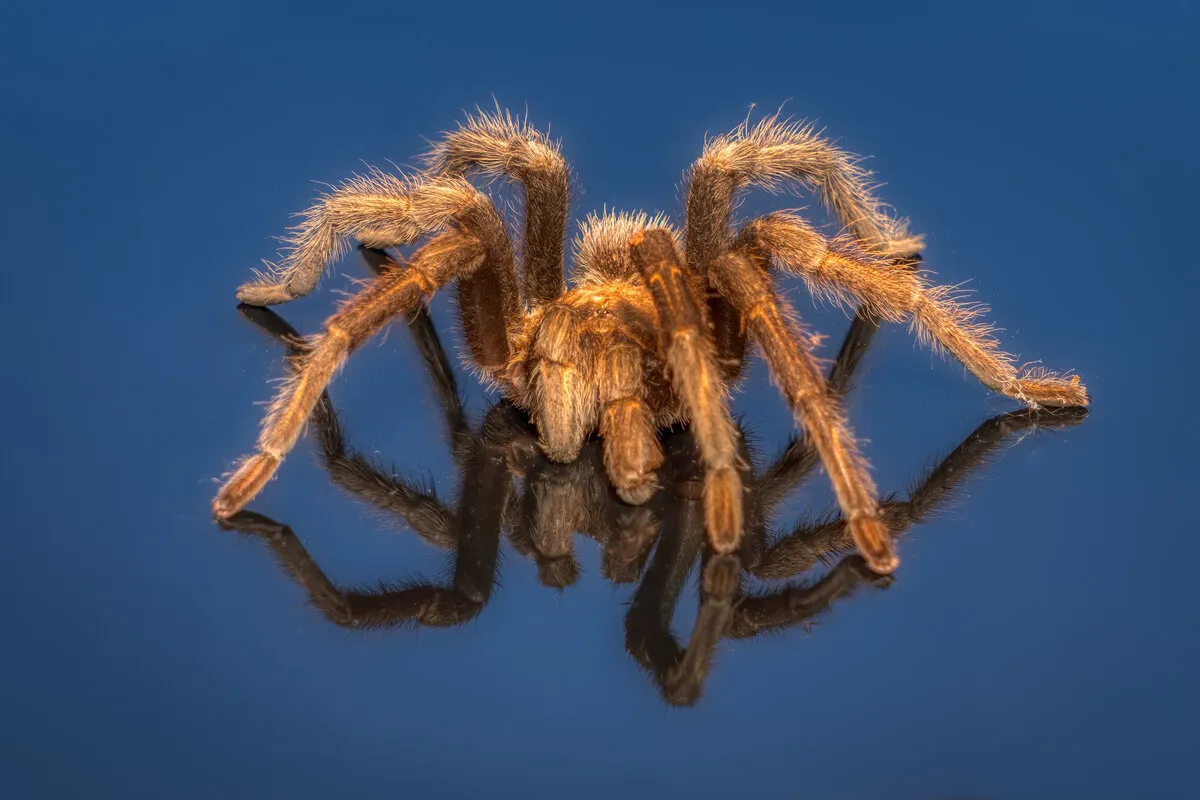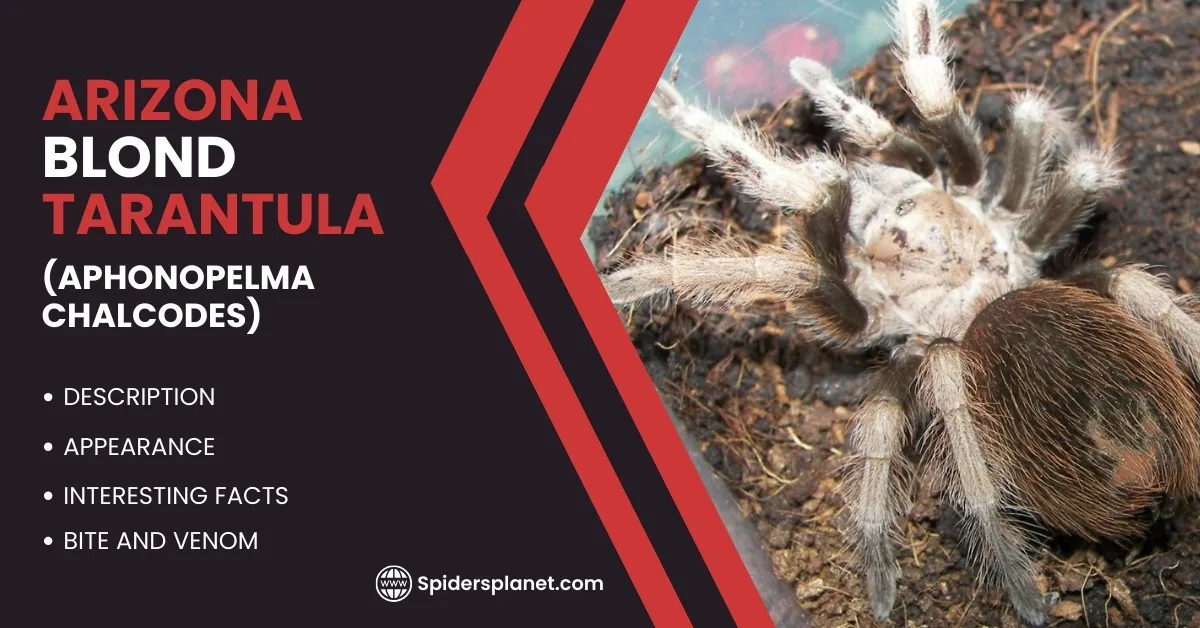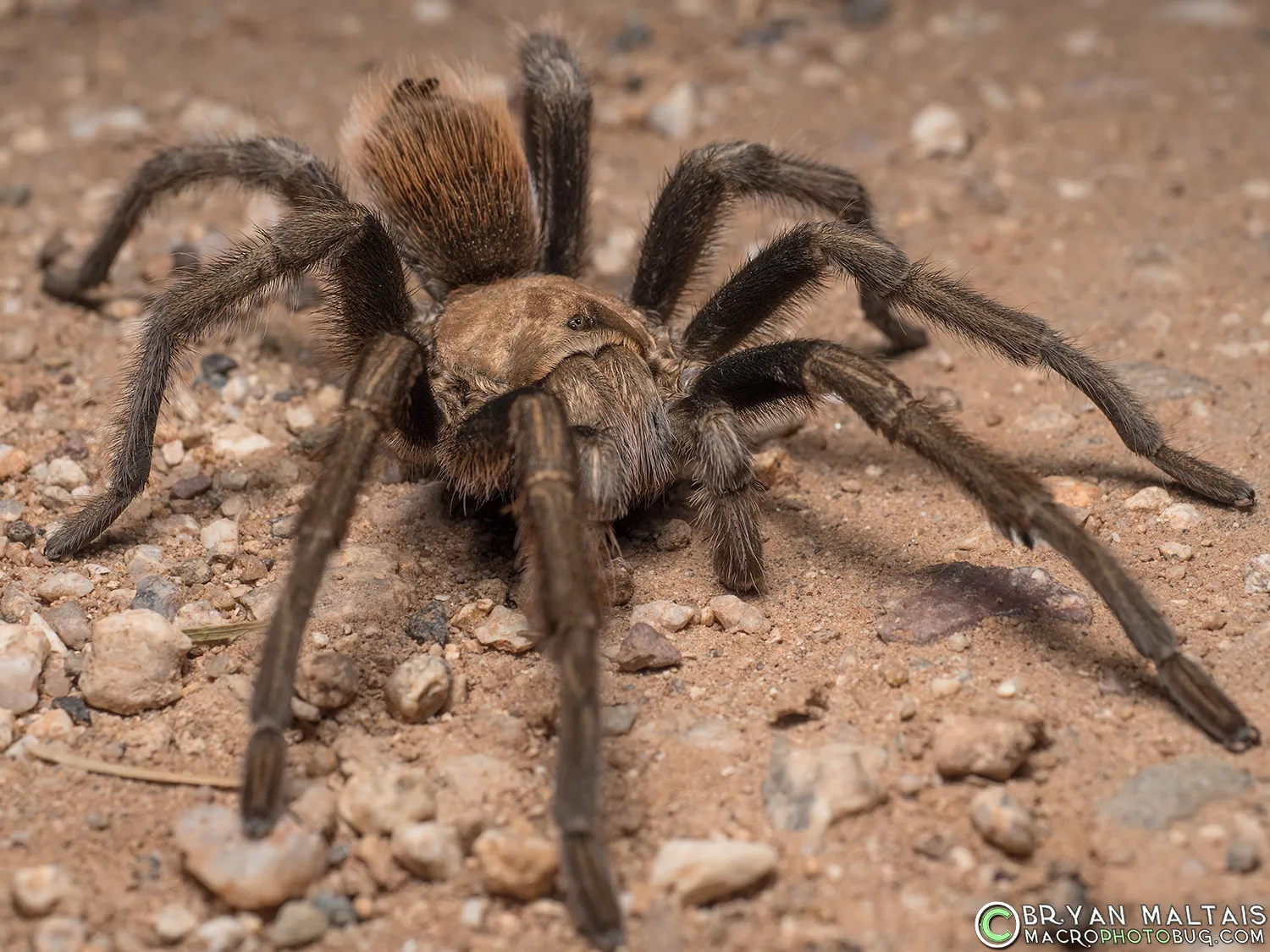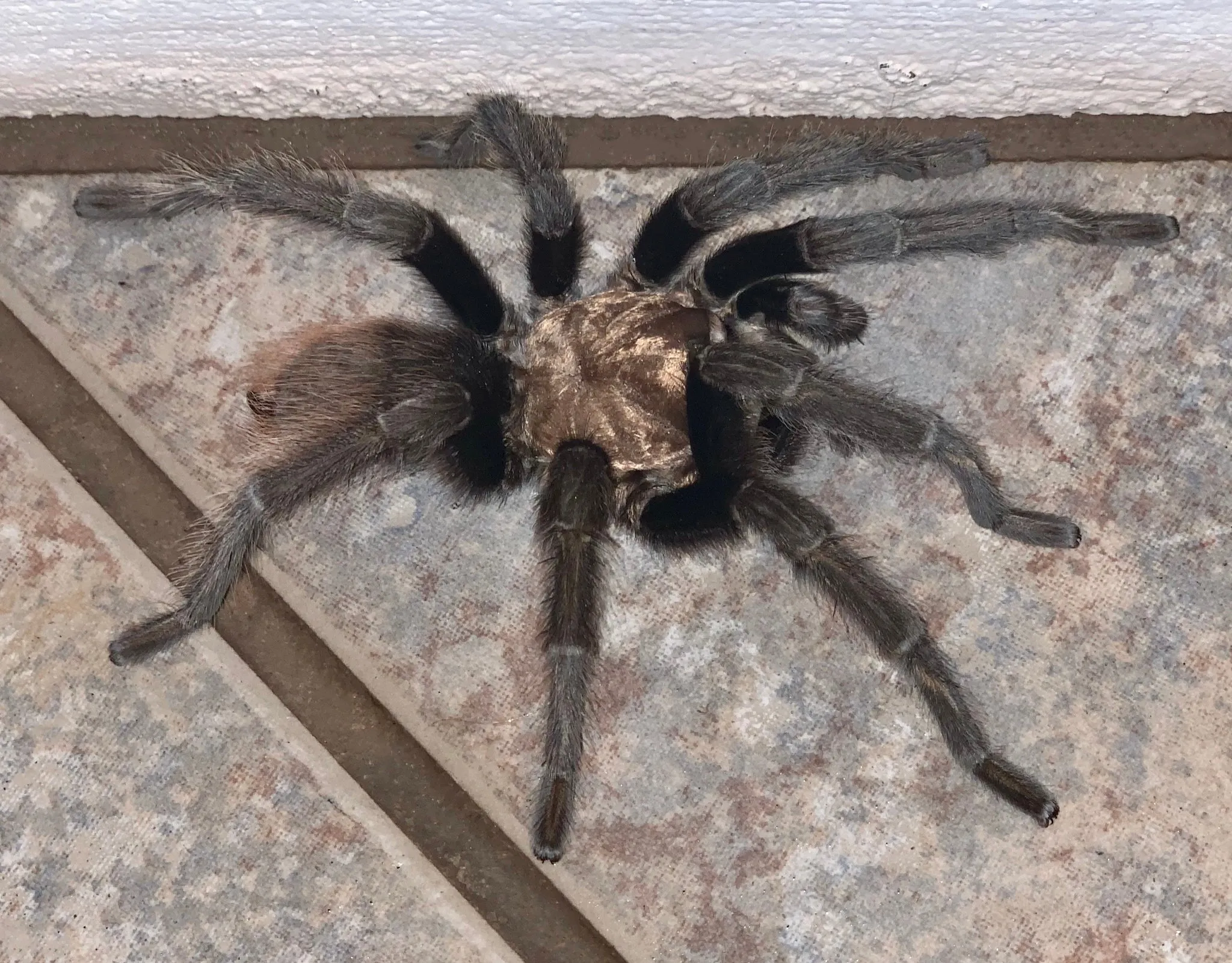Arizona Blond Tarantula Habitat Secrets Revealed
The Arizona Blond Tarantula, a captivating arachnid, thrives in a carefully constructed habitat that mirrors its natural desert environment. Creating the perfect living space for your tarantula is crucial for its health, well-being, and longevity. Understanding the specific needs of this species, from substrate to temperature control, will empower you to provide an enriching and safe home. This guide unveils the top 5 secrets to creating an optimal habitat, ensuring your Arizona Blond Tarantula flourishes. By focusing on these key elements, you can replicate the conditions of its native habitat and observe the fascinating behaviors of your pet tarantula.
Substrate Selection
The substrate is the foundation of your tarantula’s habitat, serving as a medium for burrowing, moisture retention, and waste absorption. The right substrate not only provides a comfortable living space but also contributes to the overall health of your tarantula. Avoid substrates that are toxic or difficult to maintain. A proper substrate is vital because Arizona Blond Tarantulas are terrestrial and spend a significant amount of time on or in the substrate. They burrow, hide, and molt within the substrate, so choosing the correct one is paramount to their safety and health. This first secret focuses on the critical role of substrate in the overall habitat.
Ideal Substrate Composition

A blend of substrate materials is generally the best approach for an Arizona Blond Tarantula. A mix of peat moss, vermiculite, and a bit of sand is an excellent starting point. Peat moss helps retain moisture, while vermiculite adds to the substrate’s texture and ability to hold humidity. A small amount of play sand can also be added to aid in burrowing. Avoid using soil that contains fertilizers or pesticides, as these can be harmful to your tarantula. The proportion of the mix can be adjusted based on the humidity levels required for your particular setup and the climate where you live. A substrate that holds its shape, yet allows for burrowing, will give your tarantula the best possible experience.
Substrate Depth and Maintenance
The depth of the substrate is crucial for burrowing behavior. Provide at least 4-6 inches of substrate to allow your Arizona Blond Tarantula to dig comfortably. This depth also provides the tarantula with a place to hide and feel secure. Regularly inspect the substrate for any mold or excessive moisture. Spot-clean the substrate by removing any uneaten food or waste to prevent the buildup of harmful bacteria. In general, the substrate does not need to be replaced frequently, but regular spot cleaning and occasional partial replacements are essential. Over time, as the substrate breaks down, a full replacement may be necessary, but with proper maintenance, this can be kept to a minimum. Keep an eye on the overall cleanliness of the habitat to ensure a healthy environment.
Temperature and Humidity Control
Temperature and humidity are critical factors in replicating the Arizona Blond Tarantula’s natural desert habitat. These conditions are directly linked to the overall health and well-being of your tarantula. Maintaining the right temperature and humidity levels will help your tarantula molt properly, eat regularly, and remain active. The goal is to create an environment that mimics the warm, arid conditions of the desert southwest. Consistent monitoring and adjustments are essential to achieve this balance and keep your tarantula thriving.
Optimal Temperature Range

The ideal temperature range for an Arizona Blond Tarantula is between 75-85°F (24-29°C). A consistent temperature is more important than a fluctuating one. Use a heat source, such as a low-wattage heat mat or a ceramic heat emitter, to maintain the desired temperature. Avoid placing the heat source directly under the enclosure, as this can overheat the substrate and harm your tarantula. Monitor the temperature with a digital thermometer and adjust the heat source as needed. Providing a temperature gradient, with a slightly warmer side and a cooler side, can also allow the tarantula to regulate its body temperature naturally.
Humidity Levels and Monitoring
Arizona Blond Tarantulas thrive in relatively low humidity, typically between 50-60%. High humidity can lead to health problems such as fungal infections. To monitor humidity, use a hygrometer placed inside the enclosure. Provide ventilation to prevent excessive moisture buildup. Lightly misting the enclosure once or twice a week can help maintain the correct humidity levels, but avoid over-misting. If the substrate appears consistently wet, reduce the misting frequency and improve ventilation. The balance between temperature and humidity is essential, so monitor these factors closely and adjust as needed to ensure your tarantula’s health and comfort.
Enclosure Size and Design
The size and design of the enclosure are crucial for the overall well-being of your Arizona Blond Tarantula. The enclosure should be appropriately sized, provide a sense of security, and facilitate easy access for care and maintenance. A well-designed enclosure allows your tarantula to exhibit natural behaviors and provides a safe and enriching environment. The right enclosure will also contribute to its overall happiness and lifespan. This third secret focuses on choosing and setting up the right type of habitat for your tarantula.
Appropriate Enclosure Dimensions

Choose an enclosure that is at least three times the tarantula’s leg span in width and length. For an adult Arizona Blond Tarantula, a 10-gallon or larger terrarium is often suitable. The height of the enclosure should be adequate for the tarantula to move around without difficulty, but avoid enclosures that are excessively tall, as this can increase the risk of falls. Ensure the enclosure has a secure lid to prevent escape. The material of the enclosure is also important; glass or clear plastic enclosures are ideal because they offer good visibility and ventilation. The dimensions of the enclosure will provide the right amount of space for burrowing and movement.
Decor and Hiding Spots
Provide your tarantula with hiding spots and decor to make it feel secure. Cork bark, artificial plants, and other non-toxic decorations can enhance the enclosure. These elements not only provide shelter but also allow your tarantula to exhibit its natural behaviors. Place the hiding spots on the substrate so that it can take cover whenever it feels threatened. Avoid sharp objects or items that could potentially harm your tarantula during a molt. The decor also provides a more naturalistic and stimulating environment. The overall goal is to mimic their natural habitat and create a sense of safety.
Water and Hydration
Providing a consistent source of fresh water is essential for the health of your Arizona Blond Tarantula. Hydration is particularly important for this species, especially in captivity. Proper hydration ensures that your tarantula molts properly, remains active, and stays healthy. It is vital for the overall health of the tarantula. Water is essential for all living things, and tarantulas are no exception. This fourth secret focuses on how to supply the right amount of water for your tarantula’s needs.
Water Dish Requirements

Provide a shallow water dish that is easily accessible to your tarantula. The water dish should be small enough to prevent accidental drowning but large enough to hold a reasonable amount of water. Use a water dish that is stable and unlikely to tip over. Change the water in the dish regularly, ideally every 1-2 days, to prevent bacterial growth. The dish should be shallow enough to prevent accidental drowning. Choose a dish that is easy to clean and won’t be tipped over.
Hydration Frequency and Methods
In addition to the water dish, misting the enclosure lightly once or twice a week can provide additional hydration. Avoid over-misting, as this can lead to excessive humidity. Monitor your tarantula’s behavior to gauge its hydration needs. If your tarantula appears dehydrated, consider increasing the frequency of misting or providing a water-soaked cotton ball in addition to the water dish. Always make sure that the water you are using is clean and free of any chemicals. Ensure your tarantula has access to clean water at all times.
Conclusion
Creating the perfect habitat for your Arizona Blond Tarantula involves understanding its specific needs and replicating its natural environment. By focusing on substrate selection, temperature and humidity control, enclosure design, and proper hydration, you can ensure your tarantula thrives. Remember that observing your tarantula’s behavior and making adjustments as needed is essential. The well-being of your tarantula is in your hands. With the right care and attention to detail, you can create a thriving habitat and enjoy the fascinating behaviors of your Arizona Blond Tarantula for years to come. Enjoy the rewarding experience of providing a happy and healthy home for your pet.
